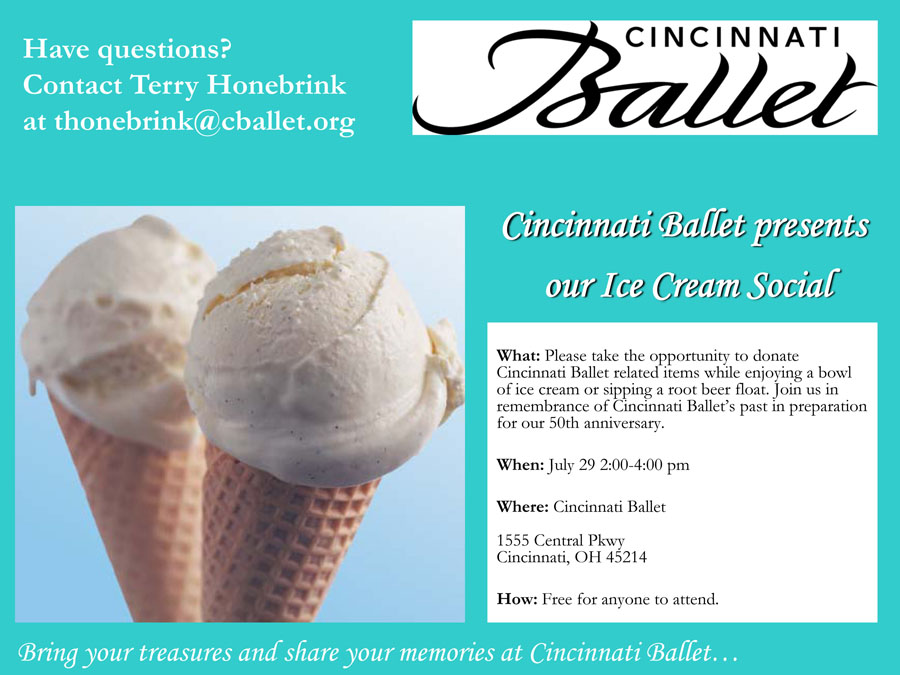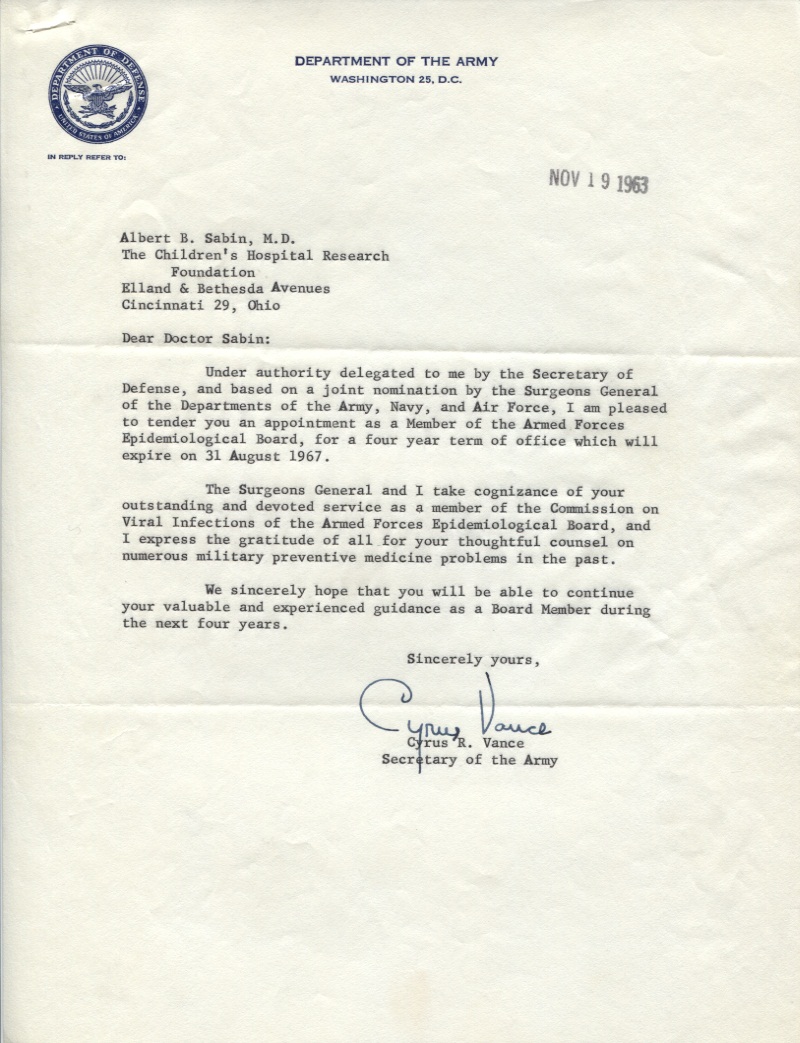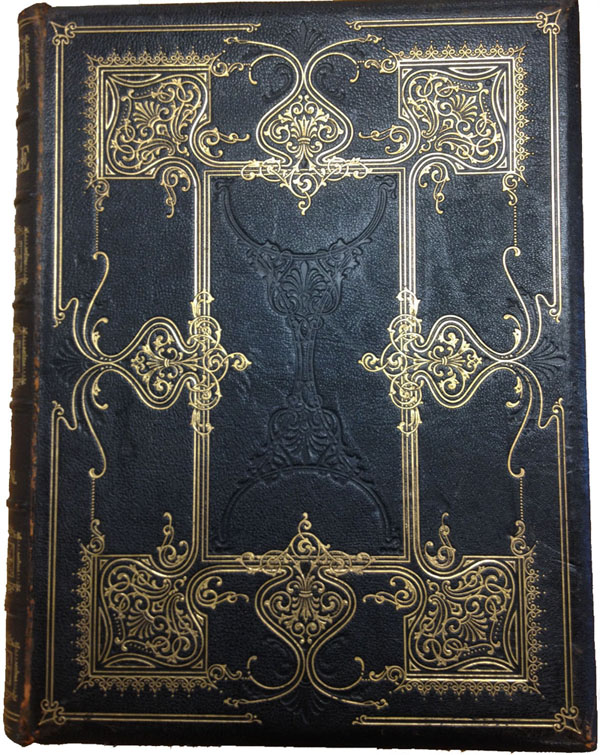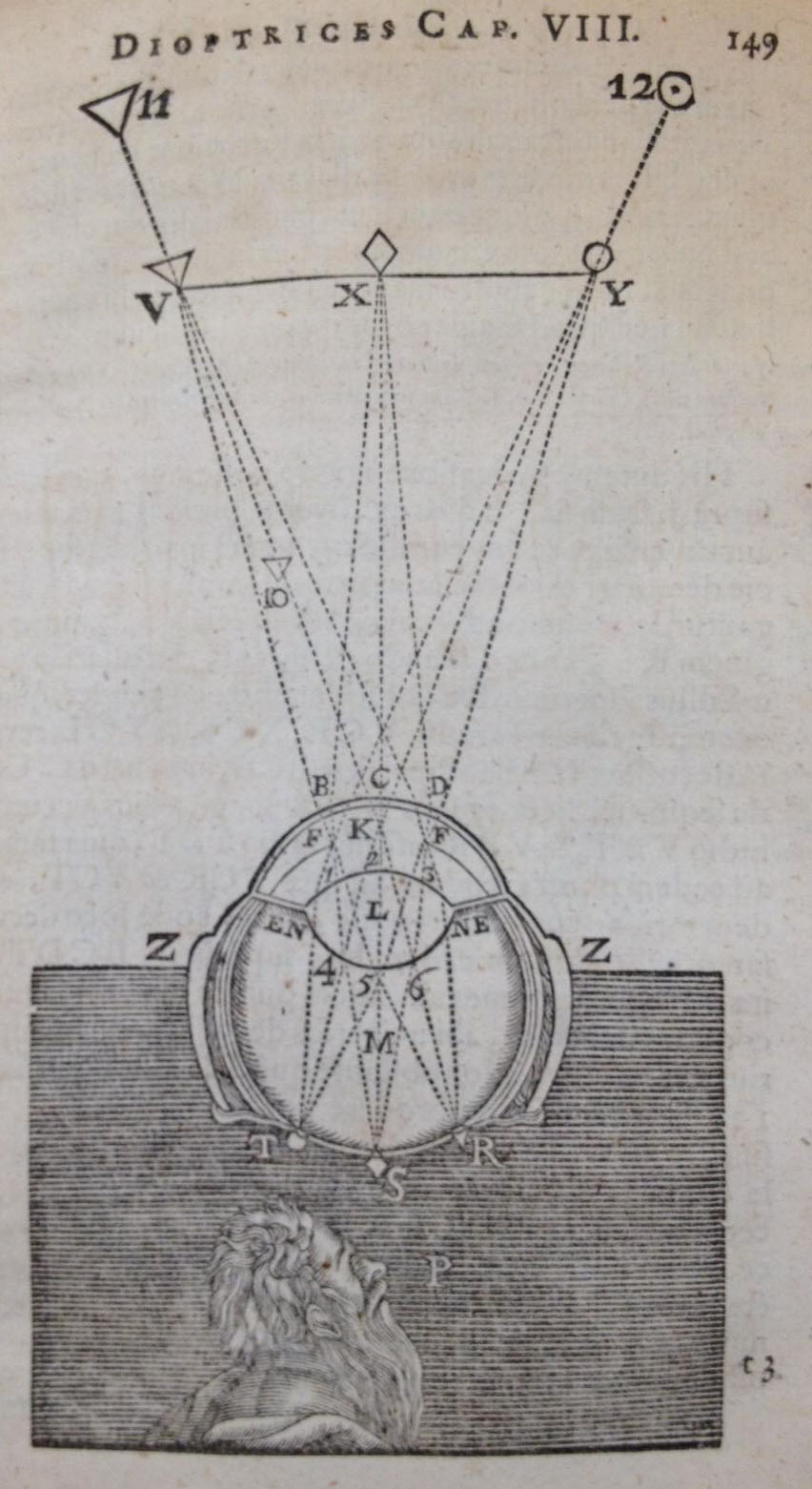In 2013, the Cincinnati Ballet will be celebrating its 50th anniversary. This renowned local ballet company has long and enduring ties to the University of Cincinnati, and the University of Cincinnati holds records of the Cincinnati Ballet and David McLain, one of its earliest directors. The Archives and Rare Books Library will be working with the Cincinnati Ballet over the next year as they celebrate this important milestone.
 As part of the celebration, the ballet is looking to collect more material related to its history including items that might be held by former dancers, former staff, long-time ballet fans and sponsors, and any members of the public. The ballet will be hosting an Ice Cream Social on Sunday July 29th from 2:00-4:00 at their location at 1555 Central Parkway as a way for individuals to share any treasures they hold related to the ballet and their memories of the ballet. Click on the announcement to the right for more information on this event. Continue reading
As part of the celebration, the ballet is looking to collect more material related to its history including items that might be held by former dancers, former staff, long-time ballet fans and sponsors, and any members of the public. The ballet will be hosting an Ice Cream Social on Sunday July 29th from 2:00-4:00 at their location at 1555 Central Parkway as a way for individuals to share any treasures they hold related to the ballet and their memories of the ballet. Click on the announcement to the right for more information on this event. Continue reading



